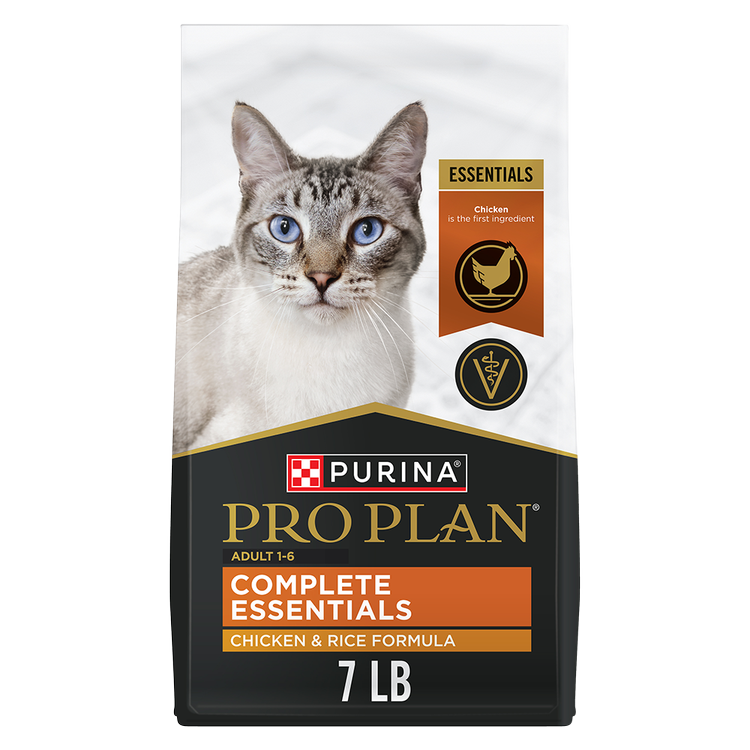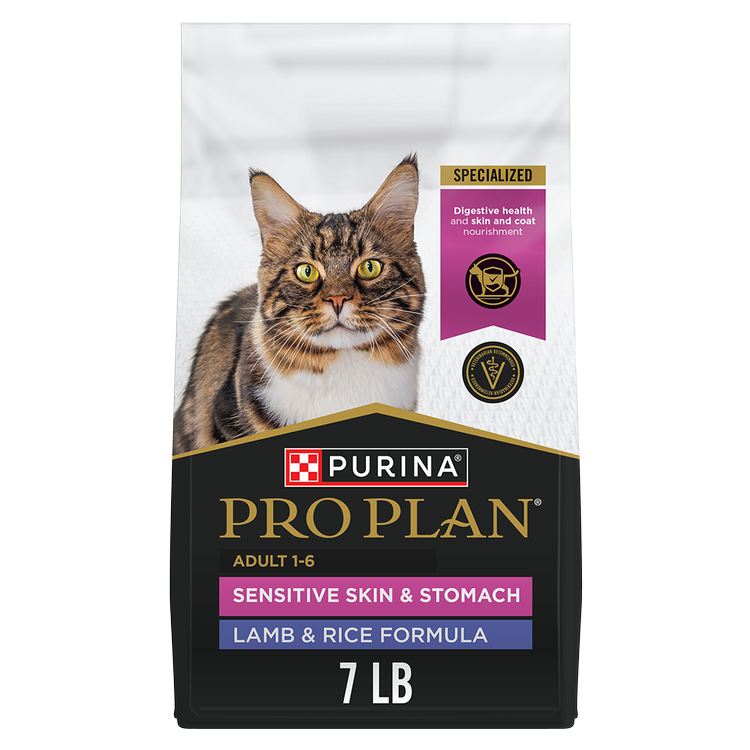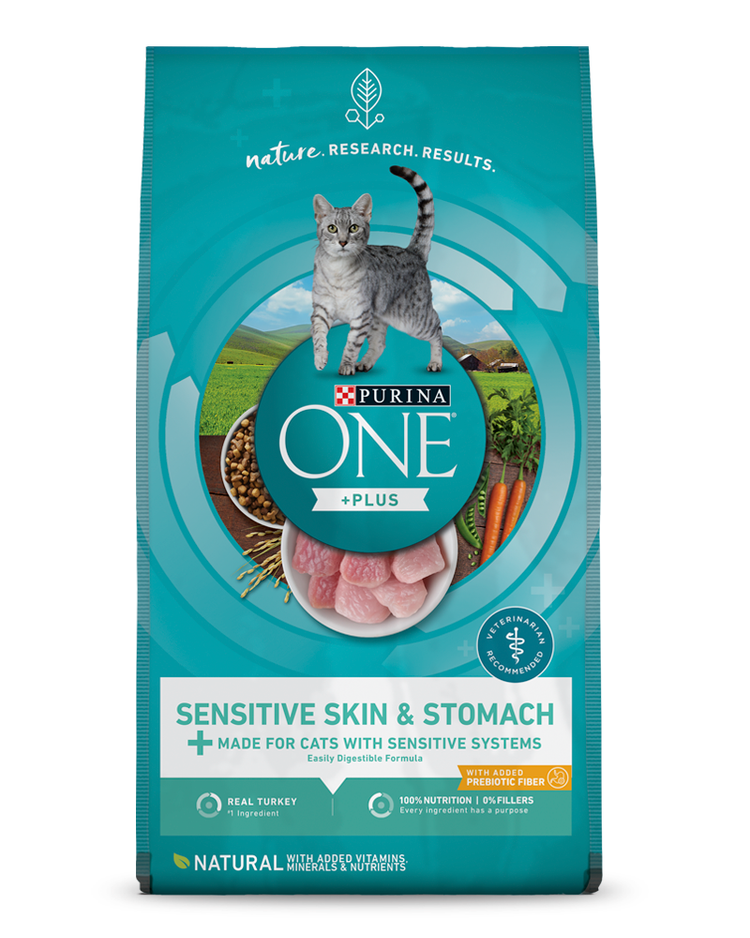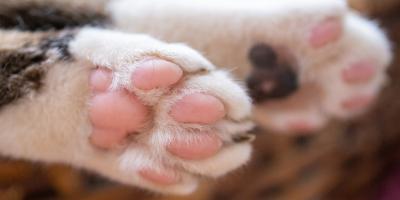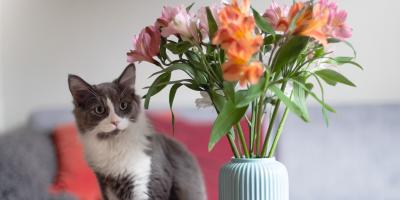Guide to Types of Cat Poop: What the Color & Consistency Mean

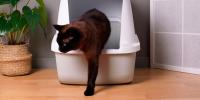
We’ve got the scoop on cat poop! You’ve trained your cat to use the litter box and you’ve probably cleaned up after the occasional oopsie. There’s much more to the poop story. Let’s dig around in the litter and get the details.
We understand this is not the most glamorous part of sharing your life with a cat, but keeping track of your cat’s poop is an important task for every cat owner. Your pet’s bowel movements offer valuable clues that could help you identify unusual symptoms and possible health issues. It’s an early warning system for all sorts of cat conditions such as liver problems, food allergies, and anxiety.
After reading this cat stool guide, you will have a better understanding of what cat poop should look like and what to do if what you find buried in the litter box doesn’t match that description.
What Should Healthy Cat Poop Look Like?
You’re ready to scoop the cat’s litter box, but how do you know what healthy cat poop should look like? Ideally, cat poop should be firm and pliable, but not hard. It should be dark brown in color and segmented into little logs. When scooped, it should leave little to no residue in the litter box.
How much should your cat poop? The volume of your cat’s feces should be proportionate to the amount of food he or she consumes. The size of your cat’s poop logs will increase as the fiber content increases in his or her food.
Cat Poop Color Chart – What’s Healthy vs. Unhealthy?
Copy: There are a few characteristics of unhealthy vs. healthy poop that are easy to identify. Keep this abnormal cat poop chart handy for future reference.

- Brown cat poop: Healthy cat poop is usually dark brown. That’s a sign that your cat’s body is absorbing the necessary nutrients from their food as it works its way through the digestive tract.
- Black cat poop: This color might mean that your cat is bleeding into the gastrointestinal tract. If you notice black, tarry poop in your cat’s litter box, contact your vet to rule out internal bleeding issues.
- Cat poop with red streaks: A red tint or blood in your cat’s poop may be a sign that your pet is bleeding in their lower gastrointestinal tract. Contact your vet as soon as possible.
- Yellow cat poop/light brown poop: This color points to digestive issues that could indicate a liver or biliary issue. Your vet will want to investigate this symptom.
- Green cat poop: Gallbladder issues often manifest through this change in your cat’s stool color, so make sure you talk to your vet about this unusual sign if you see it.
- Cat poop with white spots: This may be a sign of worms in your cat’s poop. Depending on the parasite, it can look like rice (tapeworms) or spaghetti (roundworms). Your vet will prescribe an antiparasitic treatment.
- White cat poop: White or pale stools are a serious issue. While not common in cats, it indicates that one of the passageways that connect the liver, gallbladder, and small intestine is blocked. It’s usually accompanied by lethargy, vomiting, or a lack of appetite. Contact your vet as soon as possible.
Cat Poop Consistency Chart
What does cat poop look like? The ideal cat poop is dark brown and well formed, but not too hard. Stools that are too soft are a sign of diarrhea, while hard stools can indicate constipation.
Normal cat poop is log or sausage shaped. If the stool isn’t formed, your cat might be suffering from diarrhea. Watch out for small shapes, like droppings or pellets, as this might indicate issues with constipation.
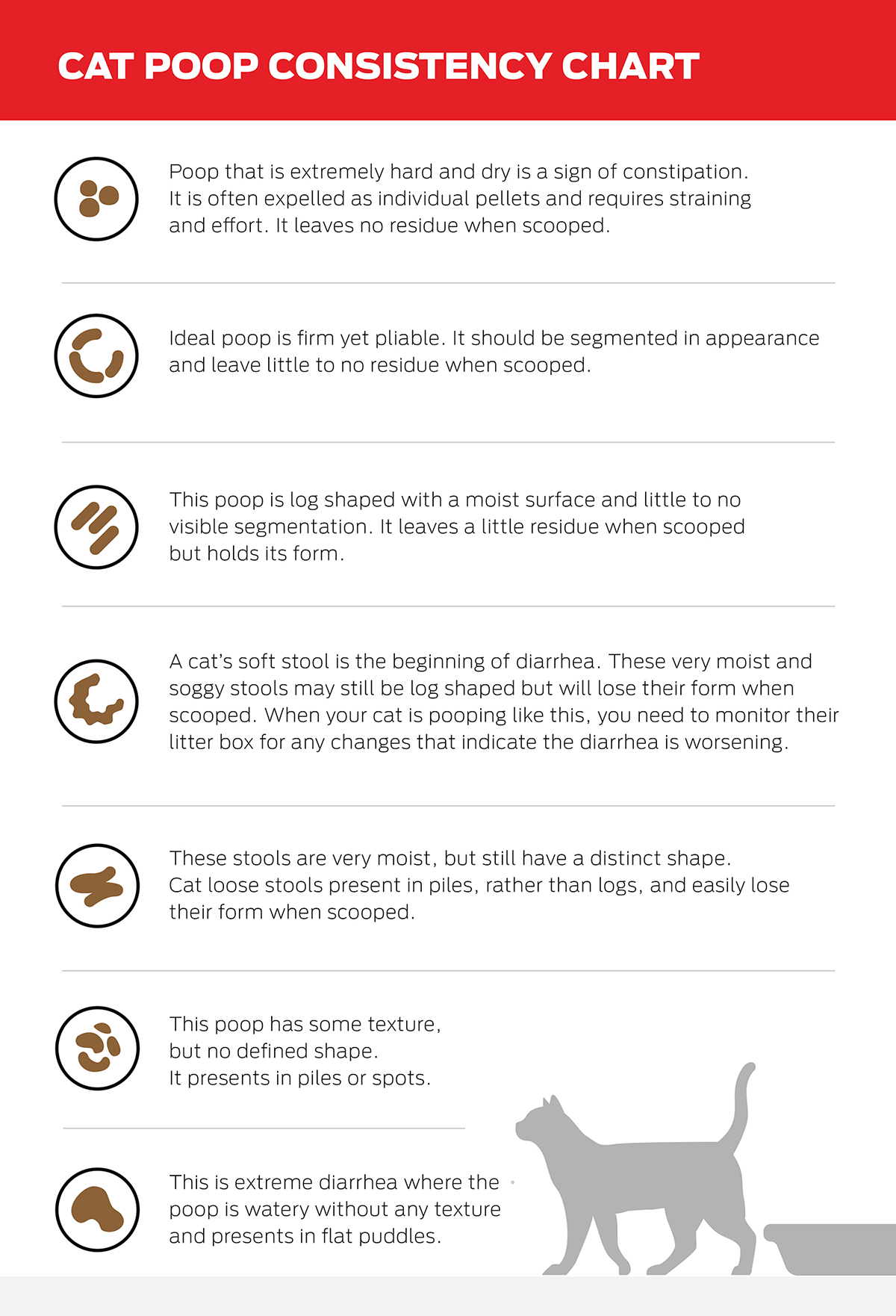
- Poop that is extremely hard and dry is a sign of constipation. It is often expelled as individual pellets and requires straining and effort. It leaves no residue when scooped.
- Ideal poop is firm yet pliable. It should be segmented in appearance and leave little to no residue when scooped.
- This poop is log shaped with a moist surface and little to no visible segmentation. It leaves a little residue when scooped but holds its form.
- Stools at this score and beyond are considered diarrhea. These very moist and soggy stools may still be log shaped but will lose their form when scooped. These stools are very moist, but still have a distinct pile shape. They do not hold form when scooped.
- This poop has some texture, but no defined shape. It presents in piles or spots.
- This is severe diarrhea where the poop is watery without any texture and presents in flat puddles.
Cat Poop Smell
The smell of your cat’s stool should be mild and not extremely foul. If you’ve ever wondered why your cat’s poop smells so bad, it could be the result of intestinal parasites or even bleeding in the gastrointestinal tract. Both conditions require a visit to the vet.
How Often Should a Cat Poop?
Although there is no solid rule in place for what’s considered a normal schedule for bowel movement, cats usually poop once or twice a day. However, keep in mind that it’s normal for this to change as cats get older. As they age, your cat may not be pooping as frequently as they did when younger.
How long can a cat go without pooping? When your pet does not pass a bowel movement for more than two days, you should check for other unusual symptoms and ask your vet for advice.
When to Call the Vet for Your Cat’s Diarrhea, Loose Stools, or Constipation
Any change in the color, consistency, timing, or smell of your cat’s poop should be brought to your vet’s attention.
Cat Constipation
When cats are constipated, they produce hard and dry stools. It may appear that your cat is straining to poop. There are several causes for constipation, but dehydration is always the main factor. Stress, obesity, sedentary lifestyle, litter box maintenance, underlying diseases, such as kidney failure, and other causes can all contribute to constipation. Discuss with your vet if your cat produces small, dry stools and exhibits other signs of constipation, such as a hunched posture when trying to poop and a tense or painful abdomen.
Cats with long-term constipation may develop megacolon, an enlargement of the intestine that is caused by a defect in the muscle strength of the colon. The condition can become chronic, and when medical treatment fails, surgical removal of the affected part of the colon may be necessary.
Cat Diarrhea
When stools appear watery, too soft, or don’t have a form, this is a sign of diarrhea. It may be caused by your cat eating something that didn’t agree with his or her digestive system and should resolve with 24 hours. Diarrhea that persists for more than 24 hours, or recurs regularly, should be addressed by a vet. It may be a symptom of another health issue, such as Inflammatory Bowel Disease (IBD), a bacterial infection, food allergies, and even feline anxiety.
Hair in the Cat Stool
Although finding your cat’s hair in his or her stool is not unusual, the quantity shouldn’t be excessive. It’s important to monitor your cat’s stools regularly and keep track of any changes in appearance. There are times when you might see more hair than usual. This could be a sign of overgrooming, which can lead to hairballs and blockages. Make sure you contact your vet for help as well.
Foreign Objects
Because cats are naturally curious creatures, they can sometimes end up ingesting objects they shouldn’t. Thread, rubber bands, hair bands, or tiny toys could cause problems if they are ingested and end up in their digestive tract and stools. If you suspect your cat has swallowed something they shouldn’t have, don’t hesitate to call the vet. Look out for signs of abdominal pain or symptoms such as lack of appetite, regurgitation, and constipation. Sometimes the string, thread, or rubber band can still be attached to your cat’s rectum. Do not try to pull it out yourself. Get your cat to the vet without delay.
Change in Litter Box Habits
Why do cats bury their poop? Most cats instinctively want to bury their litter box deposits to hide their location from predators. But when cats start pooping or peeing outside the box, it can indicate a health concern, such as inflammation or infection of the urinary tract, diabetes mellitus, or age-related diseases. It can also be a sign of stress or anxiety. Or it can simply be the fact that the litter box is dirty, and your cat prefers a clean one. When your cat’s litter box habits change suddenly, but the litter box is cleaned regularly, consult your vet.
Today, there are smart systems that can keep track of your cat’s litter box habits, like the Petivity Smart Litter Box Monitor system. The monitor will notify you via your smart phone when your cats visit the litter box, what they do in the box, and if there are any changes to their habits so you can address any health concerns as soon as possible.
Want more cat health tips? Get advice from our experts with our other cat health articles.
Related articles

Be Rewarded for Your Purina Purchases
Earn and redeem points for Purina products with myPurina app.

